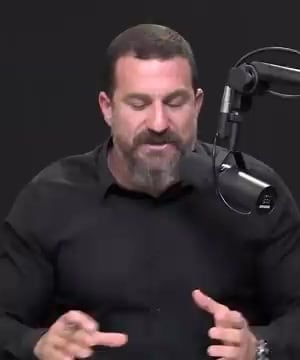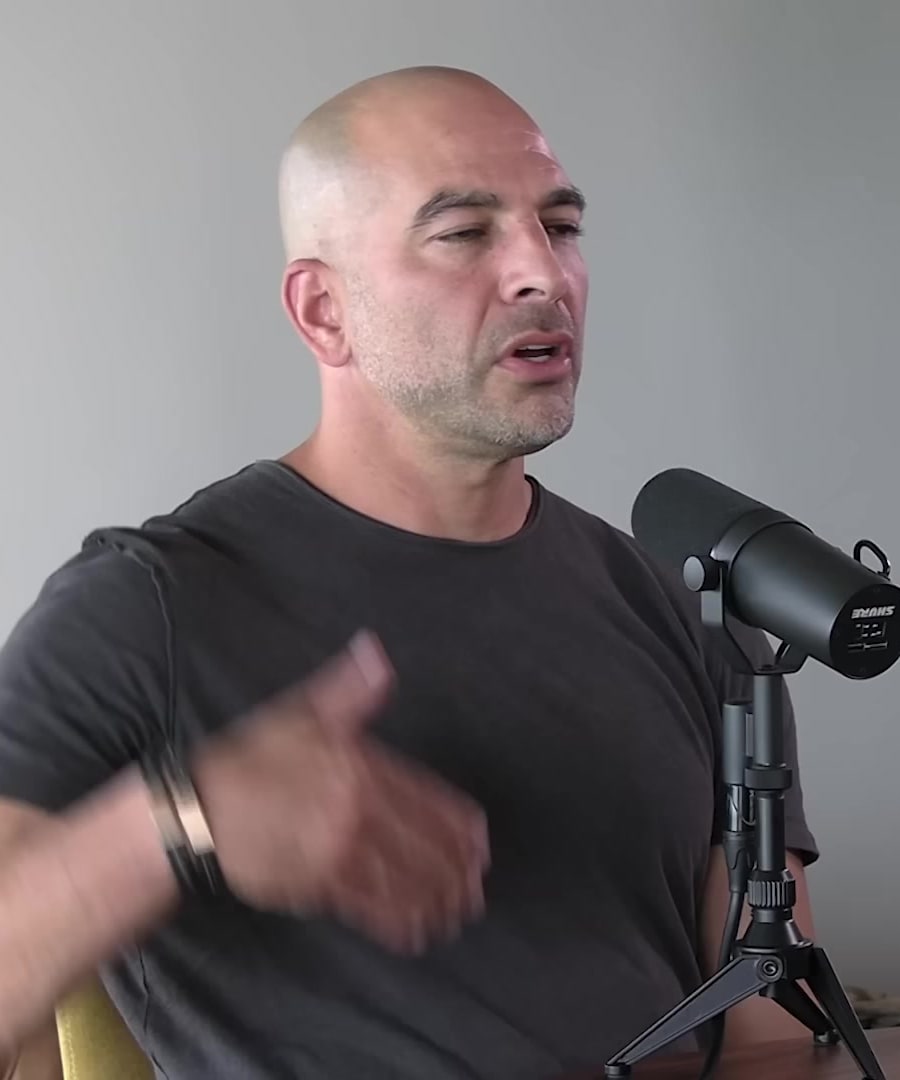what is the female hormonal cycle
Sources:
The female hormonal cycle, typically about 28 days but varying among individuals, consists of several phases characterized by fluctuations in hormones such as estrogen and progesterone. Here’s a breakdown of its main phases:
Phases of the Menstrual Cycle
-
Menstrual Phase (Days 1-5):
- Begins on day one of bleeding (menstruation), marking the shedding of the uterine lining 1.
- Hormone levels (estrogen and progesterone) are low at this stage.
-
Follicular Phase (Days 1-14):
- At the end of menstruation, the pituitary gland releases Follicle-Stimulating Hormone (FSH), promoting the growth of ovarian follicles.
- As follicles mature, they produce estrogen, resulting in increased energy and mood elevation 1.
- The peak of estrogen occurs just before ovulation.
-
Ovulation (Around Day 14):
- Triggered by a surge in Luteinizing Hormone (LH), one mature egg is released from the ovary.
- This phase often coincides with heightened libido due to increased estrogen and androgens 2.
-
Luteal Phase (Days 15-28):
- Post-ovulation, the ruptured follicle transforms into the corpus luteum, producing progesterone, which prepares the uterine lining for potential implantation.
- If fertilization does not occur, hormone levels drop, leading to menstruation 3.
- Some women may experience PMS symptoms, often due to the rapid drop in estrogen and progesterone 4.
Key Hormones and Their Functions
- Estrogen: Dominates the follicular phase, critical for follicle growth and mood enhancement.
- Progesterone: Peaks in the luteal phase, essential for maintaining the uterine lining.
Variability in Experience
- Each woman's cycle can vary significantly in length and symptoms; some may experience premenstrual symptoms or changes in mood, energy, and libido at different times in their cycle 5.
- Regular tracking of the cycle can help in understanding and managing health and fitness effectively.
For a deeper exploration of these concepts, consider listening to the episode with Dr. Natalie Crawford on female hormone health from the 6.
RELATED QUESTIONS-
what is the female hormonal cycle
- RELATED QUESTIONS





